The bustling streets of Mumbai have long been a melting pot of tradition and modernity, where age-old crafts jostle for space in a rapidly evolving urban landscape. Among these, the city's embroidery traditions stand out as a testament to the skill and creativity of its artisans. Once confined to bridal trousseaus and ceremonial garments, Mumbai's intricate needlework is now undergoing a fascinating transformation as contemporary designers reinterpret these techniques for global audiences.
Walking through the crowded lanes of Mohammed Ali Road or Bhuleshwar, one can still find third-generation zardozi artisans hunched over wooden frames, painstakingly creating gold and silver thread masterpieces. This Mughal-era craft, characterized by its metallic opulence, has found new life in minimalist home decor and high-fashion accessories. Design studios across South Mumbai are collaborating with these craftsmen to create everything from statement cushions to sleek clutch bags, proving that traditional techniques needn't be relegated to museum pieces.
The Koli fishing community's distinctive mirror work embroidery, traditionally adorning their vibrant costumes, has particularly captured the imagination of contemporary designers. What began as a functional element - the reflective surfaces helping fishermen spot each other in choppy waters - has become a celebrated design motif. Young Mumbai-based labels are incorporating these shimmering patterns into everything from boho-chic dresses to avant-garde wall hangings, creating pieces that feel simultaneously rooted and revolutionary.
Perhaps the most striking evolution has occurred with the kantha stitch, brought to Mumbai by migrant workers from Bengal. Once used to create simple quilts from repurposed saris, this running stitch technique now graces the collections of international luxury brands. Mumbai's design ateliers have elevated the craft by pairing it with organic silks and fine linens, transforming humble needlework into haute couture. The juxtaposition of this folk art with contemporary silhouettes speaks volumes about the city's ability to honor its artisanal heritage while pushing creative boundaries.
Technology plays an unexpected role in this revival. Digital platforms connect Mumbai's master embroiderers directly with global clients, while design software helps artisans visualize modern applications of their skills. Some workshops now use laser cutting to prepare intricate patterns that craftsmen then embellish by hand, creating a fascinating marriage of precision technology and human artistry. This synergy has allowed traditional embroidery to meet the demands of fast-paced fashion cycles without sacrificing its soul.
The challenges, however, remain significant. Rising material costs and dwindling interest among younger generations threaten these time-honored techniques. Yet Mumbai's design community has responded with innovative solutions - establishing cooperatives that ensure fair wages, creating apprenticeship programs, and developing contemporary product lines that provide steady work for artisans. These efforts ensure that the knowledge passed down through generations continues to evolve rather than disappear.
As Mumbai positions itself as a global design capital, its embroidery traditions serve as both inspiration and foundation. The modern interpretations emerging from the city's studios aren't mere appropriations of folk art, but thoughtful dialogues between past and present. From runway gowns featuring delicate chikankari patterns to tech accessories adorned with gota patti work, these creations prove that tradition, when allowed to breathe and adapt, can find relevance in any era. The true brilliance lies not in preserving these techniques as relics, but in empowering them to tell new stories for contemporary audiences.
What makes Mumbai's embroidery renaissance particularly compelling is its democratic nature. Once the exclusive domain of royalty and the wealthy, these ornate techniques now appear on everything from high-street fashion to artisanal homewares. Design schools across the city have incorporated traditional embroidery modules into their curricula, ensuring that future creators approach these techniques with both respect and innovation. The result is a vibrant ecosystem where master craftsmen and young designers learn from each other, creating works that honor heritage while defying expectations.
The city's annual design festivals now regularly feature exhibitions showcasing embroidery innovations, drawing international buyers and press. These platforms have been instrumental in changing perceptions, proving that Indian needlework can be as conceptually bold as it is technically masterful. Mumbai's designers are increasingly using embroidery to make cultural statements, incorporating motifs that speak to urban life, gender equality, and environmental consciousness - themes far removed from the craft's traditional narratives.
As the sun sets over the Arabian Sea, casting golden light on Mumbai's colonial-era textile mills turned design hubs, one can't help but marvel at this creative metamorphosis. The threads connecting the city's artisanal past to its innovative present remain unbroken, even as they're woven into unexpected new forms. In studios across the metropolis, where the whir of sewing machines mingles with the soft chatter of embroiderers, Mumbai's sartorial legacy is being rewritten - one exquisite stitch at a time.
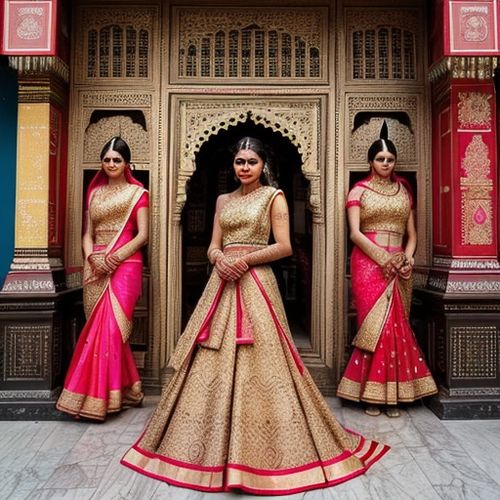
By Michael Brown/Apr 27, 2025

By Sophia Lewis/Apr 27, 2025
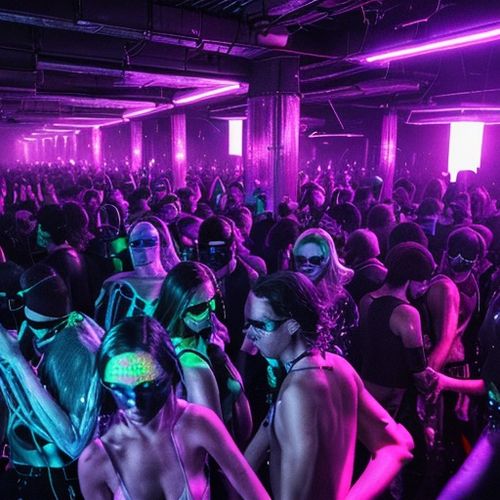
By Noah Bell/Apr 27, 2025
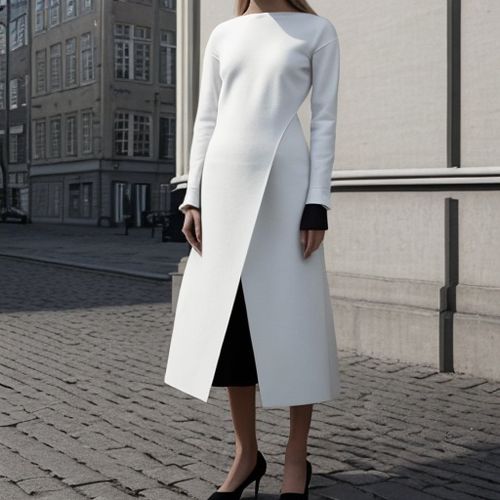
By Daniel Scott/Apr 27, 2025
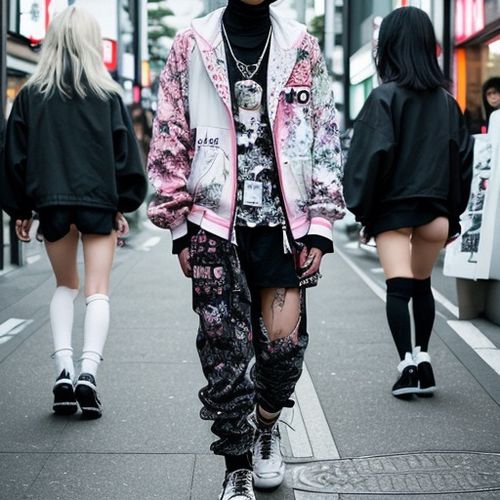
By James Moore/Apr 27, 2025
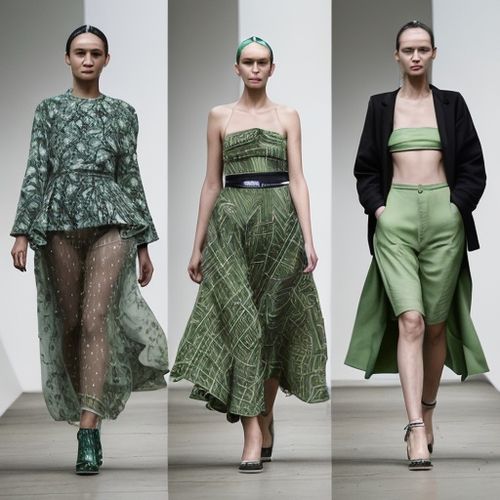
By Megan Clark/Apr 27, 2025
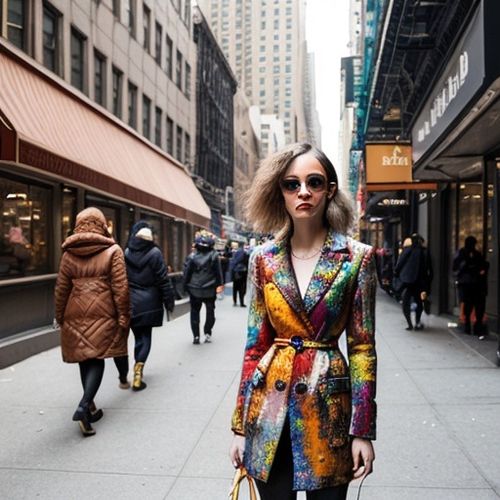
By Samuel Cooper/Apr 27, 2025

By Emily Johnson/Apr 27, 2025
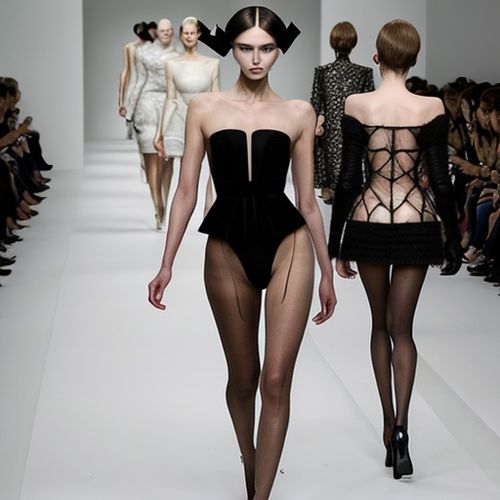
By Lily Simpson/Apr 27, 2025

By Emily Johnson/Dec 22, 2024

By Christopher Harris/Dec 22, 2024

By Joshua Howard/Dec 22, 2024

By Victoria Gonzalez/Dec 22, 2024

By Thomas Roberts/Dec 22, 2024

By Benjamin Evans/Dec 22, 2024